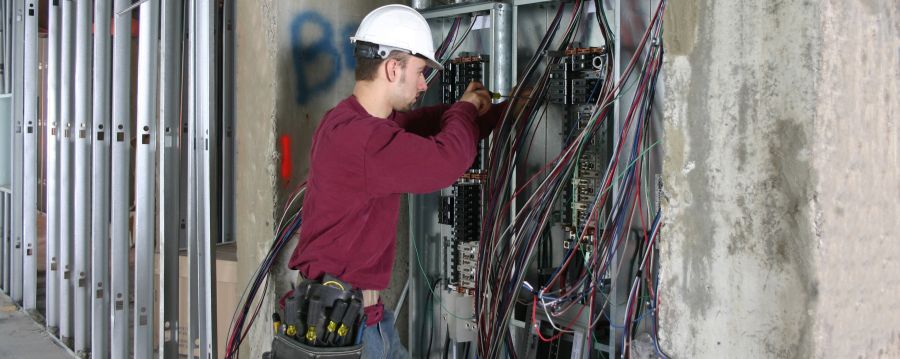
Electrical Equipment Safety Guidelines for Worksites

Electrical equipment has shaped the construction industry for decades. It’s an integral part of the sector, but it’s also one of the most common causes of death on project sites. What steps can managers, supervisors and business owners take to protect their employees from electricity-related injuries and fatalities?
Here are some electrical equipment safety guidelines to help prevent these incidents before they occur:
Start With On-Site Risk Assessment
Electrical safety starts with an on-site risk assessment to determine where problems might occur. This step includes identifying potential hazards and anything that could interfere with electrical equipment, creating a shock or fire risk. The assessment should also include things like the location of power lines, both overhead and buried, so that there’s no chance crew members accidentally connect with or cut through them.
Maintain and Enforce Lockout/Tagout Procedures
Lockout/tagout procedures are one of the most useful tools in the electrical equipment safety arsenal. According to OSHA regulations, workers must complete any servicing of electrical equipment while the tools or equipment are in a de-energized state. Lockout/tagout procedures ensure that no one attempts to turn on a piece of equipment in need of repair while a service crew is working on it, preventing accidents on the job site.
Provide Sufficient Training Before and During Employment
When it comes to electrical equipment safety, training is the most important thing to remember. Electrocution is one of the fatal four — the four most common causes of construction worker fatality. Along with falls, being struck by an object and getting caught between two objects, the fatal four are responsible for more than half of construction worker deaths in 2014.
Training, both before a crew member enters a job site and throughout their employment, can prevent common accidents. Crew members should receive comprehensive training for each piece of equipment they’ll use during the course of their duties. Electrical equipment safety guidelines training should be reinforced and refreshed regularly.
Create and Practice an Emergency Plan
In addition to comprehensive training, worksites need to establish an emergency plan to handle an electrical emergency if one arises. This procedure should include a list of responsibilities for each employee, as well as a list of first-aid steps and which first-responders to contact if necessary.
During an electrical emergency, the first step should always be to shut down the power to the emergency area. For a home or building, someone can use the circuit breaker. On a job site, however, it might be challenging to shut off the power quickly enough to make a difference. For sites that use temporary power hookups, companies equip them with an emergency shut-off and ensure that everyone on the site knows where it is and how to use it.
Be Aware of Environmental Hazards
When using electrical equipment, crewmembers should also be aware of any environmental hazards that could increase their risk of electrical shock. These risks include water in the area that could conduct electricity, poor weather that could lead to power surges, sunlight that could make equipment overheat and anything else that might impede work while creating a safety hazard.
Environmental hazards can change from site to site and day to day. As a result, construction organizations must ensure that everyone is aware of any potential dangers and be vigilant for them.
Electrical Safety Is Everyone’s Responsibility
Electrical equipment appears on nearly every job site around the globe, and it’s everyone’s responsibility to ensure workers use it safely. These electrical equipment safety guidelines, from implementing training solutions to developing emergency procedures, can help managers, supervisors and business owners keep their crew safe while ensuring productivity and worksite efficiency.

